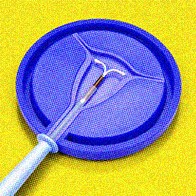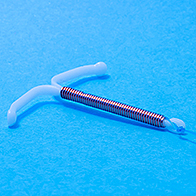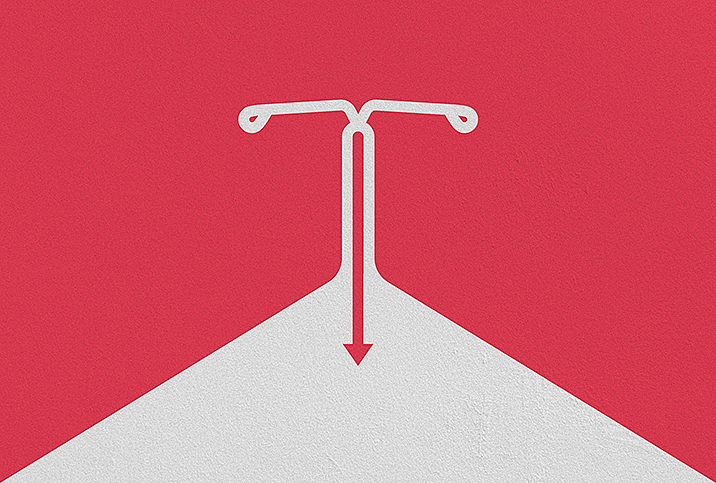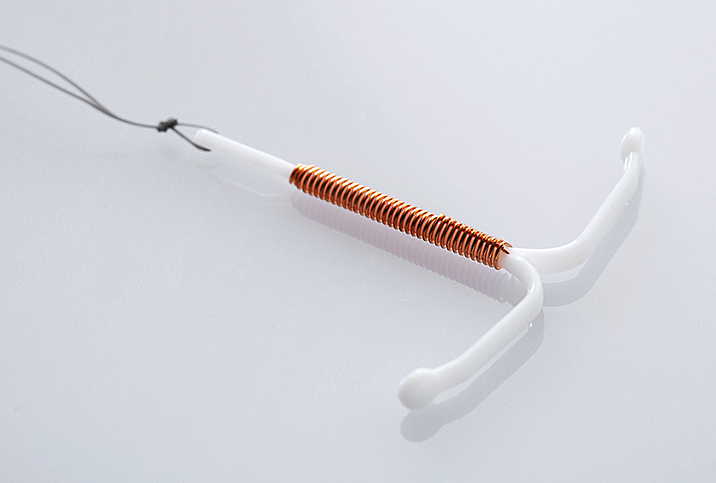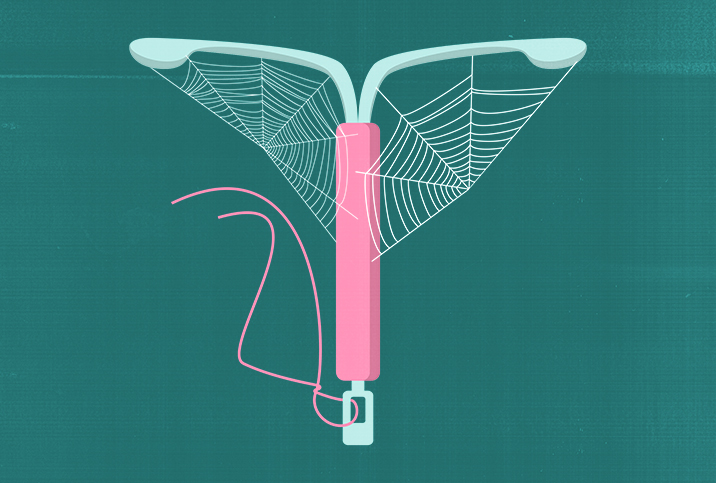What to Know About a Popular IUD Brand Breaking Inside Women
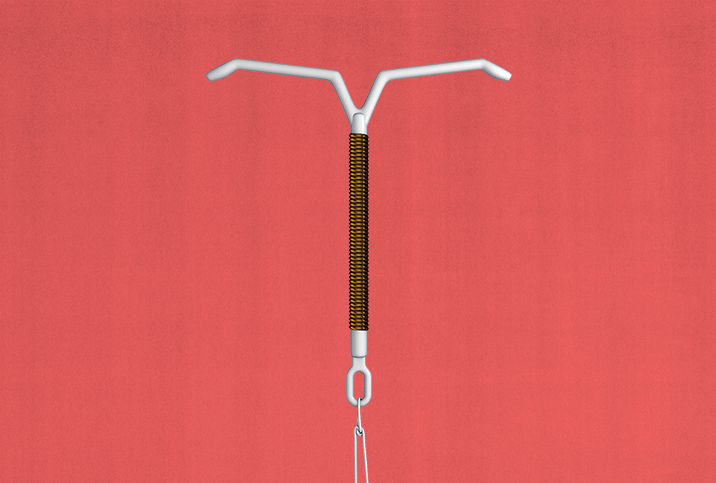
No contraceptive is perfect, but one that is long-lasting, hormone-free, 99 percent effective and easily reversible sounds pretty ideal. The Paragard intrauterine device (IUD) fits these specs: It works for 10 years, copper is the only active ingredient, and since it doesn't use systemic hormones, it has no effect on fertility once it is removed.
But some people have had negative experiences with Paragard. Since 2013, more than 3,200 patients have reported the device broke apart while inside the uterus or during removal, leaving plastic and metal behind. Of those cases, 102 resulted in life-threatening complications or hospitalizations.
There are currently hundreds of lawsuits against the companies that make Paragard. (CooperSurgical bought Paragard from Teva Pharmaceuticals in 2017.) The Paragard manufacturers dispute allegations they did not warn customers of the risk. The Food and Drug Administration (FDA) isn't so sure. In 2019, the FDA issued a warning to CooperSurgical to change misleading advertising that downplayed contraindications and potentially serious side effects.
Paragard changed their prescribing information to say, "Breakage of an embedded Paragard during non-surgical removal has been reported," but they were not required to notify women using the device of this change. In the 2020 revision of the prescribing information, there are references to the device breaking, but not in the warnings and precautions section.
What are the risks of an IUD?
"The most common risk with any IUD is embedding, which is when the device pushes into the muscle layer of the uterus, or expulsion, which means the IUD comes out spontaneously," said Vonne Jones, M.D., F.A.C.O.G., an OB-GYN and health coach at Total Women's Care in Houston.
But this is rare.
"This happens less than 5 percent of the time," Jones said. "I have never had a Paragard or any other IUD break."
Rachael Z., a 41-year-old sex educator and female empowerment coach from Kansas City, Missouri, and a triple-negative breast cancer survivor, is one of the less than 5 percent.
"Estrogen feeds my type of cancer, so as part of my treatment, I take an estrogen blocker. Any hormonal birth control is off-limits to me," Rachael said. "The first three years with Paragard were seamless. I had no negative side effects."
Then all of that changed.
"It began with some abnormal bleeding I chalked up to perimenopause or stress due to an upcoming breast reconstruction surgery," Rachael explained. "The bleeding became heavier and heavier. I called my gynecologist, but they couldn't see me for three weeks.
"During that waiting period, the bleeding became so heavy I bled through everything within 20 minutes. It didn't matter if I used tampons, a menstrual cup or pads—it progressed to where I had to wear diapers to stop bleeding through my pants. I was absolutely miserable."
With her breast reconstruction surgery a week away, she mentioned the bleeding to her plastic surgeon. The surgeon threatened to cancel the surgery if someone couldn't determine the cause of the bleeding. Rachael's gynecologist then agreed to see her, and an ultrasound confirmed the IUD was embedded in Rachael's uterus.
"I had reconstructive surgery as planned that week, and my IUD was removed a few weeks later," Rachael said. "When it was removed, they could only locate half of the IUD. After almost an hour of rummaging around for it, they decided it must have come out with the hemorrhaging. The removal was incredibly uncomfortable, but I allowed a new Paragard to be placed since it's my only birth control option."
What happens if an IUD breaks inside you?
When an IUD breaks apart inside the uterus, the concern is that the piece may embed in the uterine wall, puncture a hole in the uterus or migrate into the fallopian tube. Signs of a serious problem like this include increased and irregular bleeding, pain or infection.
An X-ray or ultrasound may be needed to diagnose what is happening. The doctor will try to remove the piece by inserting a hysteroscope—a thin, lighted, flexible tube—through the cervix into the uterus, hoping to see the missing piece so they can retrieve it. If this is unsuccessful, and depending on the severity of the complications, the next step would be exploratory surgery or even a hysterectomy.
Even if the rogue piece does not embed, any copper wires that remain in the uterus are likely to make it difficult for the woman to become pregnant because copper acts as a spermicide.
Should you worry about Paragard?
Jones does not feel there are any special concerns for a woman who already has or who wants to get the Paragard IUD. She pointed out that Paragard is especially useful for populations that need to avoid hormones, such as those who have a history of migraines or supraventricular tachycardia, those at risk of pulmonary embolism or for women like Rachael who cannot risk a hormone exposure.
While it is good to know the full extent of the warnings of any medical device you use, the known risks associated with Paragard are not significant enough to not use it, according to Jones.
Can an IUD break inside you? Yes. Whether the risk is worth it is up to each individual.
"I think Paragard is a great option for all patients," Jones concluded. "I do not think the risk of it breaking is a reason to stay away from it. There are risks of this occurring with any type of IUD. It isn't specific to Paragard."







